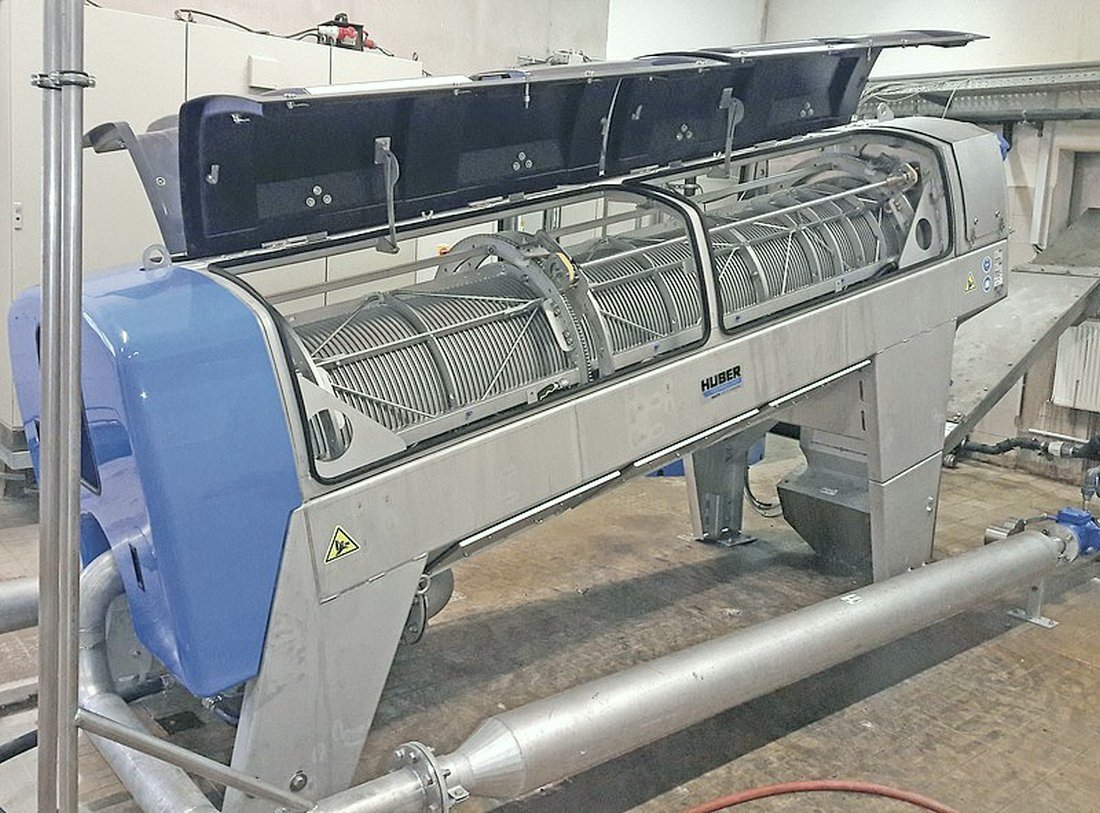
Why Are Flocs Important In Biological Treatment Of Wastewater

Why Are Flocs Important in Biological Treatment of Wastewater?
Introduction
The treatment of wastewater is a complex and essential process aimed at removing contaminants and pollutants to produce water clean enough to return to the environment. Among the various methods employed, biological treatment plays a crucial role due to its cost-effectiveness and efficiency in breaking down organic matter. Central to this biological process are structures known as flocs. This article delves into the significance of flocs in the biological treatment of wastewater, exploring their formation, function, and the science behind their efficiency.
Understanding Wastewater Treatment
To comprehend the importance of flocs, it is essential first to understand the broader context of wastewater treatment. Wastewater consists of domestic, industrial, and agricultural effluents that require processing to remove harmful substances before discharge. Typical wastewater contains organic matter, nutrients such as nitrogen and phosphorus, pathogens, and various chemicals.
Stages of Wastewater Treatment
-
- Preliminary Treatment: This first stage involves screening and grit removal to separate large debris and sediments.
-
- Primary Treatment: Sedimentation tanks are used to remove suspended solids through physical processes.
-
- Secondary (Biological) Treatment: This crucial phase employs microbial processes to decompose organic matter, which is where flocs come into play.
-
- Tertiary Treatment: Advanced processes are employed to further polish the water, removing any remaining nutrients, pathogens, or specific contaminants.
The Role of Biological Treatment
The primary goal of biological treatment is to harness microorganisms, including bacteria, protozoa, and algae, to break down and consume organic pollutants present in the wastewater. This biological degradation is a more natural and sustainable approach compared to chemical methods. The success of secondary treatment hinges on the effective management of these microorganisms, which are generally cultivated in the form of flocs.
What Are Flocs?
Flocs are aggregates, or clusters, of microorganisms and other particulate matter that come together to form a flocculent mass. These masses can range in size from a few micrometers to visible clumps.
Formation of Flocs
Flocs form through a process known as flocculation, where microorganisms produce sticky substances called extracellular polymeric substances (EPS). These sticky polymers, primarily composed of proteins, carbohydrates, and nucleic acids, help bind the microorganisms and other particles together. Factors that influence floc formation include:
-
- Microbial Community: Different species of bacteria and other microorganisms contribute to the diversity and stability of the flocs.
-
- EPS Production: The quantity and quality of EPS produced by microorganisms affect floc size and structure.
-
- Environmental Conditions: pH, temperature, and nutrient availability can impact floc formation and stability.
-
- Hydrodynamic Conditions: The mixing intensity and flow rate can influence the aggregation and size of the flocs.
In essence, flocs are self-organized, microbially-driven communities that are optimized for the degradation of organic material and the promotion of sedimentation.
Importance of Flocs in Wastewater Treatment
Flocs play a pivotal role in the secondary treatment phase of wastewater processing for several reasons:
1. Enhanced Settling
Flocculation results in larger aggregates that settle faster than single bacteria or small particles. As flocs grow in size and mass, they more readily settle out of suspension during sedimentation processes, enhancing the efficiency of solid-liquid separation. This settling is crucial for removing suspended solids and preventing carryover into treated effluents.
2. Improved Biological Activity
Flocs provide a microenvironment conducive to a diverse microbial community, which is essential for the breakdown of various organic compounds. Within a floc, different species of microorganisms can coexist, share enzymes, and carry out metabolic functions that would be inefficient in isolation. This consortium of microorganisms can degrade a wide range of pollutants, including those that are recalcitrant or slow to decompose.
3. Synchronized Nutrient Removal
Flocs facilitate the simultaneous removal of carbon, nitrogen, and phosphorus, which are key pollutants in wastewater. Numerous biochemical processes, such as nitrification, denitrification, and biological phosphorus removal, occur within the flocs due to the layered microenvironments they create. These processes help in the controlling of nutrient release into water bodies, which is a significant concern concerning phenomena like eutrophication.
4. Pathogen Reduction
Flocs can trap pathogens, leading to their eventual removal via sedimentation or subsequent sludge treatment processes. Additionally, certain microorganisms within the flocs can produce bactericidal substances that further reduce pathogen concentration.
5. Adsorption of Micropollutants
Beyond organic matter and nutrients, flocs also have the ability to adsorb micropollutants such as heavy metals, pharmaceuticals, and endocrine-disrupting compounds. The EPS matrix can bind these contaminants, enhancing their removal during the sludge settling processes.
Factors Affecting Floc Effectiveness
While flocs are integral to wastewater treatment, their performance can be influenced by various factors:
Microbial Composition
The types and diversity of microorganisms in the floc impact degradation capabilities and resilience to fluctuations in wastewater composition. A well-balanced microbial ecosystem can enhance pollutant removal efficiency.
EPS Production and Composition
The extracellular polymeric substances act as a binding agent for floc formation. Factors that influence EPS production, such as nutrient availability and environmental stress, directly affect floc stability and efficiency.
Environmental Conditions
Temperature, pH, and the presence of toxic substances can affect microbial activity and thus floc stability. Maintaining optimal conditions is crucial for sustained floc performance.
Operational Parameters
System design and operation, such as retention time, aeration rate, and mixing intensity, play a vital role in maintaining floc integrity and performance. For instance, excessive shear forces from high mixing can break flocs apart, impairing settlement.
Advancements and Innovations in Floc Management
Researchers and practitioners are continually seeking to enhance floc-related processes. Innovations focus on improving floc formation, stability, and pollutant removal efficiency:
Use of Bioaugmentation
Introducing specific microbial strains known for their high EPS production or specific pollutant degradation can enhance floc performance.
Optimization of Operational Conditions
Through careful control of aeration, mixing, and nutrient dosing, operators can maintain optimal conditions that promote healthy floc formation and function.
Application of Mathematical Models
Advanced modeling techniques are used to predict and optimize floc behavior under various treatment conditions. These models aid in the design of systems that maximize floc efficiency.
Integration with Other Treatment Technologies
Combining biological treatment with technologies such as membrane filtration and advanced oxidation processes can further enhance the removal of specific pollutants or improve floc quality.
Real-time Monitoring and Control
Innovative sensors and automated control systems allow for real-time monitoring of floc characteristics and treatment performance, enabling quick adjustments to maintain optimal operation.
Conclusion
Flocs are indispensable to the biological treatment of wastewater, acting as the operational backbone of secondary treatment processes. Through their ability to settle suspended solids, promote microbial degradation of pollutants, and facilitate the removal of nutrients and micropollutants, flocs ensure the effectiveness and efficiency of wastewater treatment systems. Optimizing the formation and stability of flocs holds significant promise for improving water quality and ensuring the sustainability of wastewater treatment facilities. As technology advances, further innovations in understanding and manipulating floc properties will continue to enhance our ability to protect precious water resources.


